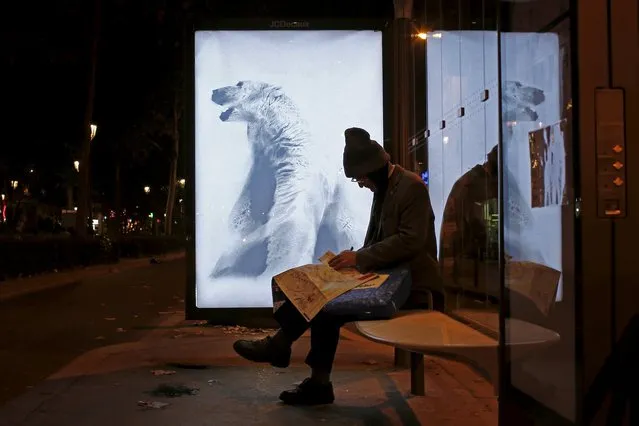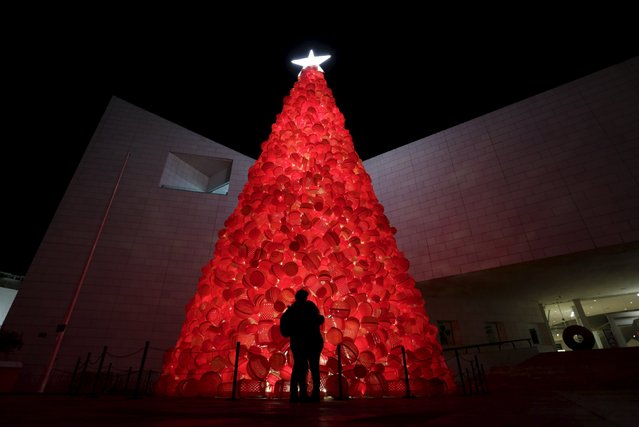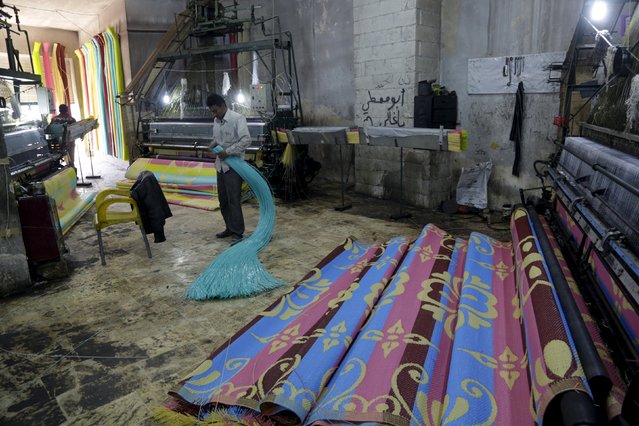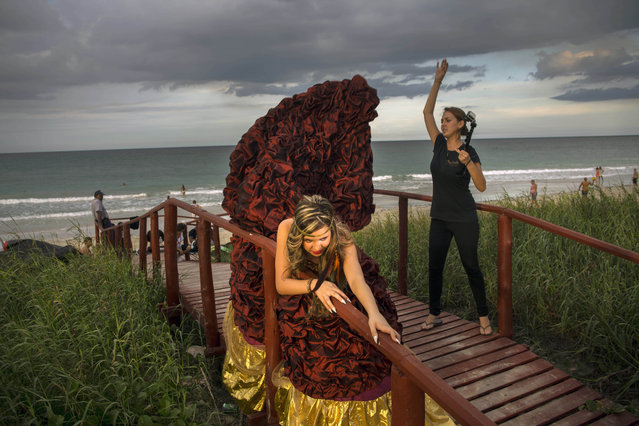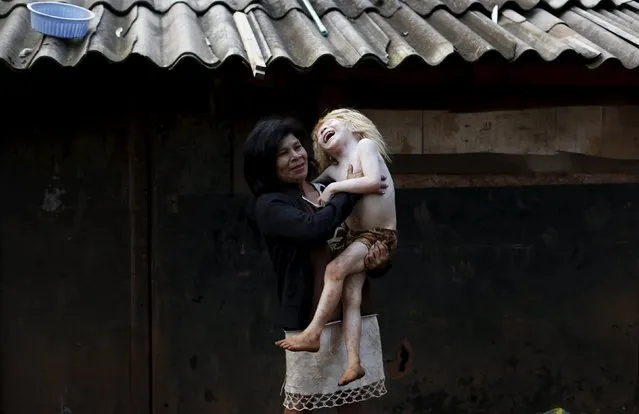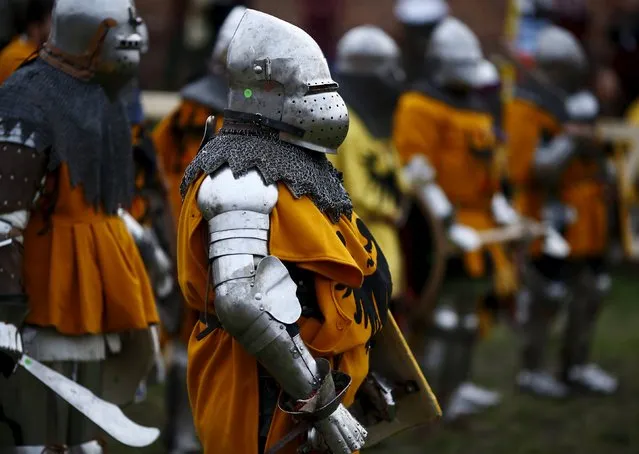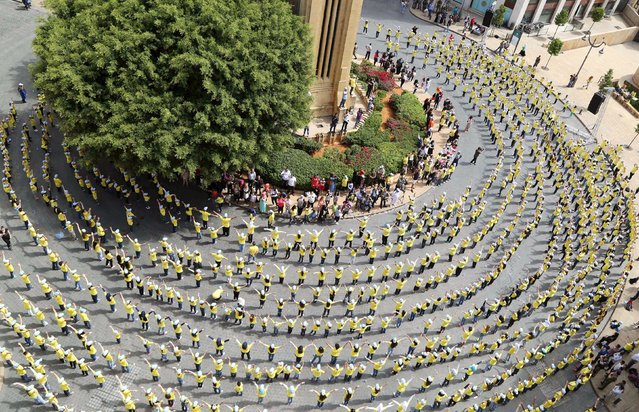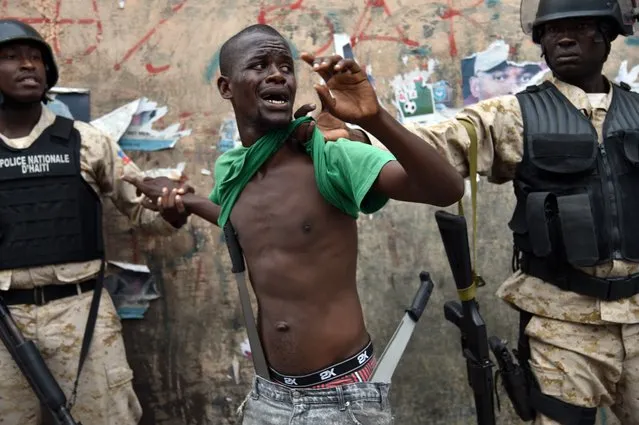
Haitian policemen arrest a demonstrator with machetes at the end of a march, in Port-au-Prince, on November 26, 2015. Supporters of Fanmi Lavalas and Petit Dessalines political parties marched to protest against the results given by the Provisional Electoral Council (CEP), against the Haitian President Michel Martelly, and against the candidate of the ruling party Jovenel Moise. Provisional Electoral Council (CEP) confirmed this week that Haiti's presidential election will go to a runoff on December 27, between ruling party candidate Jovenel Moise and Jude Celestin, close to former president Rene Preval. (Photo by Hector Retamal/AFP Photo)
29 Nov 2015 08:04:00,post received
0 comments

